
WRX Sales Decline: Did Subaru Raise Prices Just One Too Many Times?
The Subaru WRX, one of the few remaining affordable sporty cars, is experiencing a concerning trend in sales and pricing. After a strong start in 2025, its popularity plummeted in the second quarter and has remained significantly lower than last year since April, raising some analytical concerns.
Overall, Subaru is making slight improvements, with total sales in July up by 4.5%, thanks to gains from the Outback, Forester, and even the Soltera. The BRZ coupe is also performing better than last year. However, the four-door turbocharged WRX seems to be facing challenges.
WRX Sales:
- 2024: January 1,172, February 1,395, March 1,837, April 1,886, May 1,673, June 1,332, July 1,369
- 2025: January 1,573, February 1,715, March 1,539, April 772, May 482, June 350, July 457
By July 2024, Subaru had sold 10,664 WRXs, but this year they’ve only sold 6,888—a decline of over 35%.
One major factor seems to be pricing. The 2025 Subaru WRX saw a significant price increase compared to the 2024 model, with the base trim eliminated and the Premium version's price increasing by around $1,000, leading to an overall price rise of $3,000 for entry models.
In June, the WRX faced another price increase. A report from Reuters in May noted that Subaru would be raising prices across its lineup, including by up to $2,000 for the WRX and BRZ, effective in June.
At that time, Subaru stated, “The changes were made to offset increased costs while maintaining a solid value proposition for the customer. Subaru pricing is not determined by the country of origin of its products.” While this suggests that tariffs are not to blame, I remain somewhat skeptical.
When Subaru announced the 2025 WRX pricing last year, the Premium model (now considered the base model) had a starting price of $36,920 including destination fees. However, building one on Subaru’s consumer website today shows that the cheapest manual version of the 2025 WRX, with no options, is priced at $38,920.
I reached out to Subaru for insights on the WRX's recent sales performance to see if there might be unreported supply issues. I’ll update this post if they provide further comments about the current situation.
These price increases are significant, so it’s unnecessary to speculate much about the broader economy and how it may specifically affect WRX customers. However, I will venture a hypothesis: I believe that lower-level white-collar workers comprise a substantial portion of new WRX buyers—individuals who can afford to splurge on a new, modestly priced car that offers some fun.
We’re all aware of the reports regarding AI and the American government's impact on job security, right? I would wager that the uncertainty about the future felt by emerging office workers is a notable influence on the current state of WRX sales. Personally, I’m hesitant to take on a new car payment myself at this time.
Here’s hoping for a turnaround, as the market could benefit from more manual transmission turbocharged cars priced under $40,000.
Have thoughts on the WRX’s declining popularity? Feel free to reach out at [email protected] or share your thoughts in the comments.
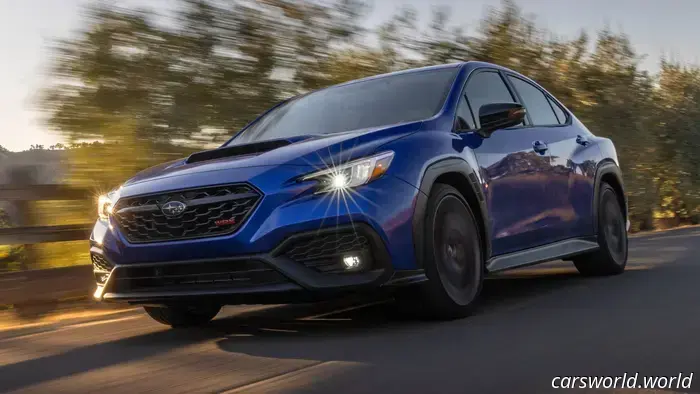

Other articles
 This Boisterous Defender Isn't Concerned About Getting Its White Leather Soiled | Carscoops
This eye-catching off-roader with a show-car aesthetic, featuring a leather interior and a V8 engine, is set to go to auction.
This Boisterous Defender Isn't Concerned About Getting Its White Leather Soiled | Carscoops
This eye-catching off-roader with a show-car aesthetic, featuring a leather interior and a V8 engine, is set to go to auction.
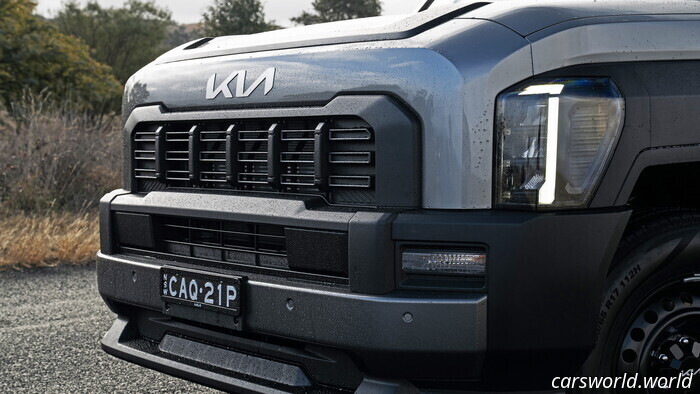 Kia Aims to Create a Vehicle That Resembles a Competitor to the Land Cruiser | Carscoops
A Kia executive has stated that the brand is exploring the idea of a rugged model to compete with off-road SUVs, depending on global demand.
Kia Aims to Create a Vehicle That Resembles a Competitor to the Land Cruiser | Carscoops
A Kia executive has stated that the brand is exploring the idea of a rugged model to compete with off-road SUVs, depending on global demand.
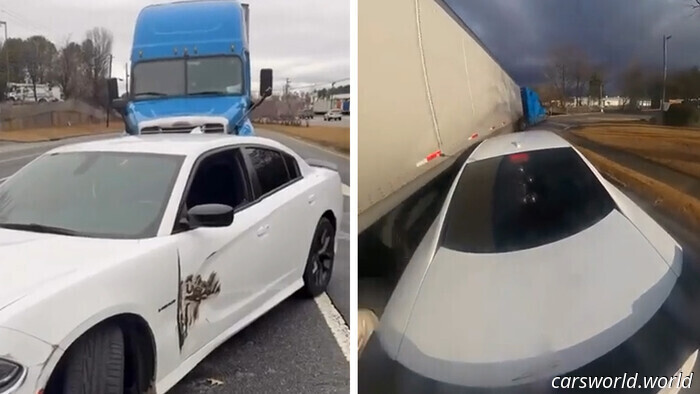 'My Back Aches, My Neck Aches, My Shoulders Ache' But He Still Pursued The Truck | Carscoops
Despite the collision, the truck driver tried to escape from the owner of the Dodge.
'My Back Aches, My Neck Aches, My Shoulders Ache' But He Still Pursued The Truck | Carscoops
Despite the collision, the truck driver tried to escape from the owner of the Dodge.
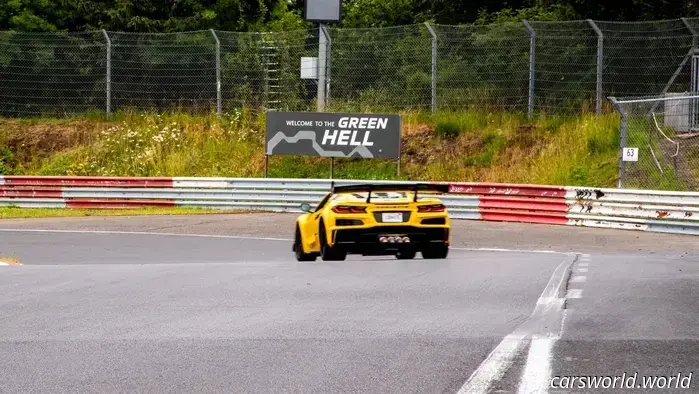 GM States That Nurburgring Lap Times Remain Important. Here’s Why They Are Correct.
The 'Ring ensures that manufacturers remain truthful, and that's a sufficient reason for its significance.
GM States That Nurburgring Lap Times Remain Important. Here’s Why They Are Correct.
The 'Ring ensures that manufacturers remain truthful, and that's a sufficient reason for its significance.
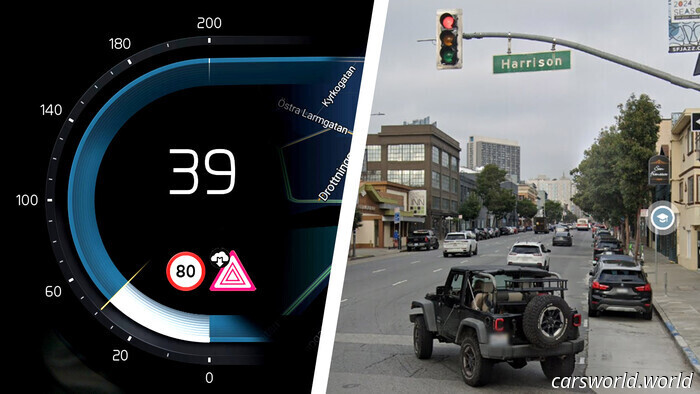 San Francisco's Speed Cameras are Subtly Converting Warnings into Actual Fines | Carscoops
Officials report that this program is already having a beneficial effect and reducing speeds.
San Francisco's Speed Cameras are Subtly Converting Warnings into Actual Fines | Carscoops
Officials report that this program is already having a beneficial effect and reducing speeds.
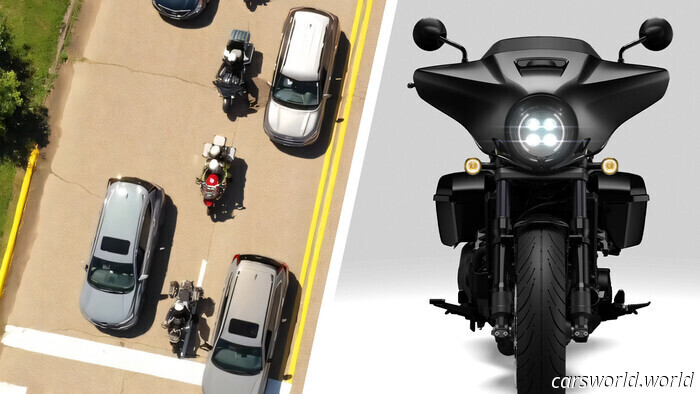 New Minnesota Legislation Allows Bikers to Bypass Traffic While You Sit in Your Car | Carscoops
Become accustomed to watching motorcycles position themselves at the front of the line at traffic signals.
New Minnesota Legislation Allows Bikers to Bypass Traffic While You Sit in Your Car | Carscoops
Become accustomed to watching motorcycles position themselves at the front of the line at traffic signals.
WRX Sales Decline: Did Subaru Raise Prices Just One Too Many Times?
The price of the Subaru WRX has been increasing, while its sales have been decreasing.
